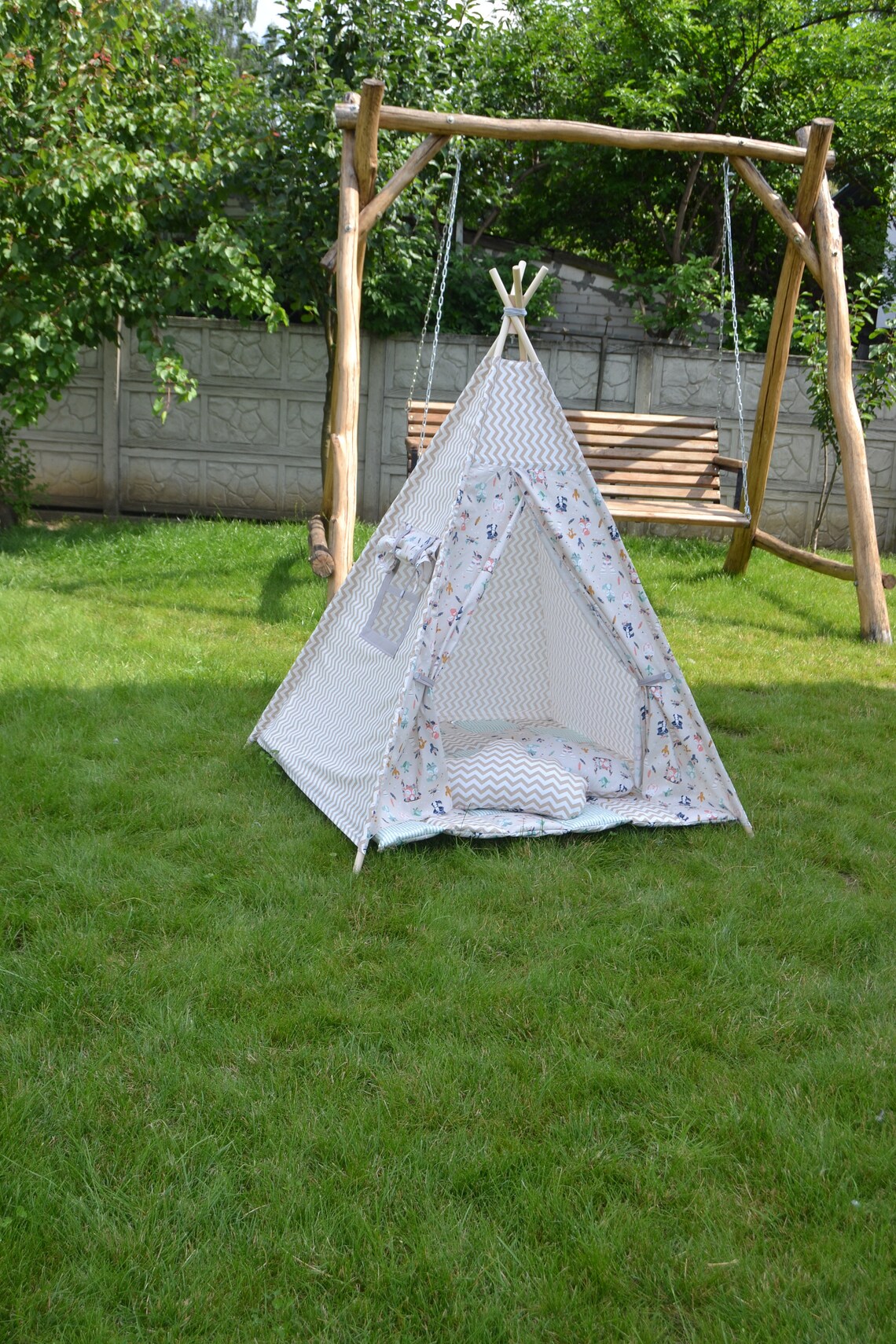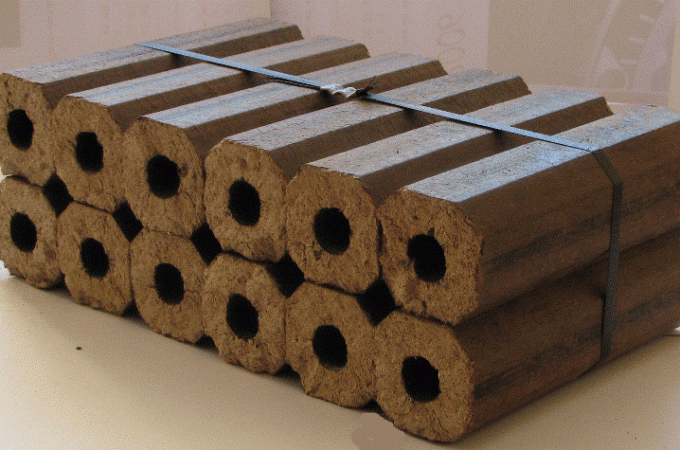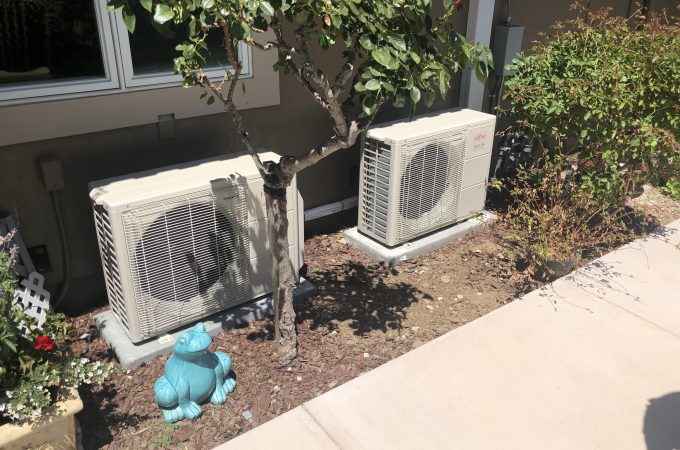
Embrace The Elements: Expert Strategies for a Toasty Tipi Tent Experience
Basking in the raw beauty of nature while surrounded inside a tipi telk is an enchanting experience. The conical design of the tipi tent, inspired by the dwellings of Native Americans, is both aesthetic and functional. However, as the cold winds start to howl and temperatures plummet, the need for warmth within the tipi becomes imperative. With the correct insulation techniques, your tipi tent can transform into a warm and cozy haven, enabling you to enjoy the wilderness in comfort. Below are eight essential tips to keep the biting cold at bay and ensure your tipi tent is a snug shelter against the frigid elements.
1. Choose the Right Location
Selecting the perfect spot to set up your tipi tent is the first step in ensuring insulation. Avoid open areas exposed to harsh winds; look for natural windbreakers like trees or hills. However, avoid places where cold air settles, such as valleys or low-lying areas.

2. Weather-Proof Flooring
Consider investing in a durable and insulating ground cover. Use carpets, rugs, or foam mats to cover the floor of your tipi tent, creating a barrier against the cold ground. This not only adds warmth but also enhances the overall comfort of your tent.
3. Effective Door Sealing
Ensure the door of your tipi tent is effectively sealed to prevent cold drafts. You can use draft stoppers or heavy blankets to cover the doorway, maintaining the interior warmth.
4. Layered Bedding
Layers are your best friend when it comes to staying warm. Opt for insulated sleeping bags, thick blankets, and warm sleeping attire. Consider adding a sleeping bag liner for extra warmth and coziness during the frigid nights.
5. Heat Sources
Contemplate incorporating safe heat sources inside the tent. Portable heaters designed for indoor use, wood-burning stoves, or heated stones can raise the temperature inside the tipi tent. Always ensure proper ventilation and fire safety practices when using any heat source.
6. Utilizing Tarps and Rain Flies
Adding a tarp or rain fly over your tipi tent can provide an additional insulation layer. It helps in retaining heat, shielding the tent from rain and snow, and preventing heat loss through the top opening of the tent.
7. Proper Ventilation
While sealing off drafts is essential, proper ventilation is crucial to manage condensation and maintain fresh air flow. Ensure there are ventilation points that allow for air exchange, preventing the interior from becoming stuffy or overly humid.

8. Dressing for the Occasion
Wear appropriate clothing to retain body heat. Opt for layers of clothing, including thermal underwear, insulated jackets, and warm accessories like hats and gloves. Avoid cotton as it retains moisture, and opt for wool or synthetic fabrics that wick away moisture.
In conclusion, a tipi tent offers a unique and delightful camping experience, reminiscent of ancient nomadic lifestyles. Applying these insulation strategies will make your tipi tent a warm and inviting space, allowing you to relish the captivating allure of the outdoors, regardless of the cold temperatures outside.





